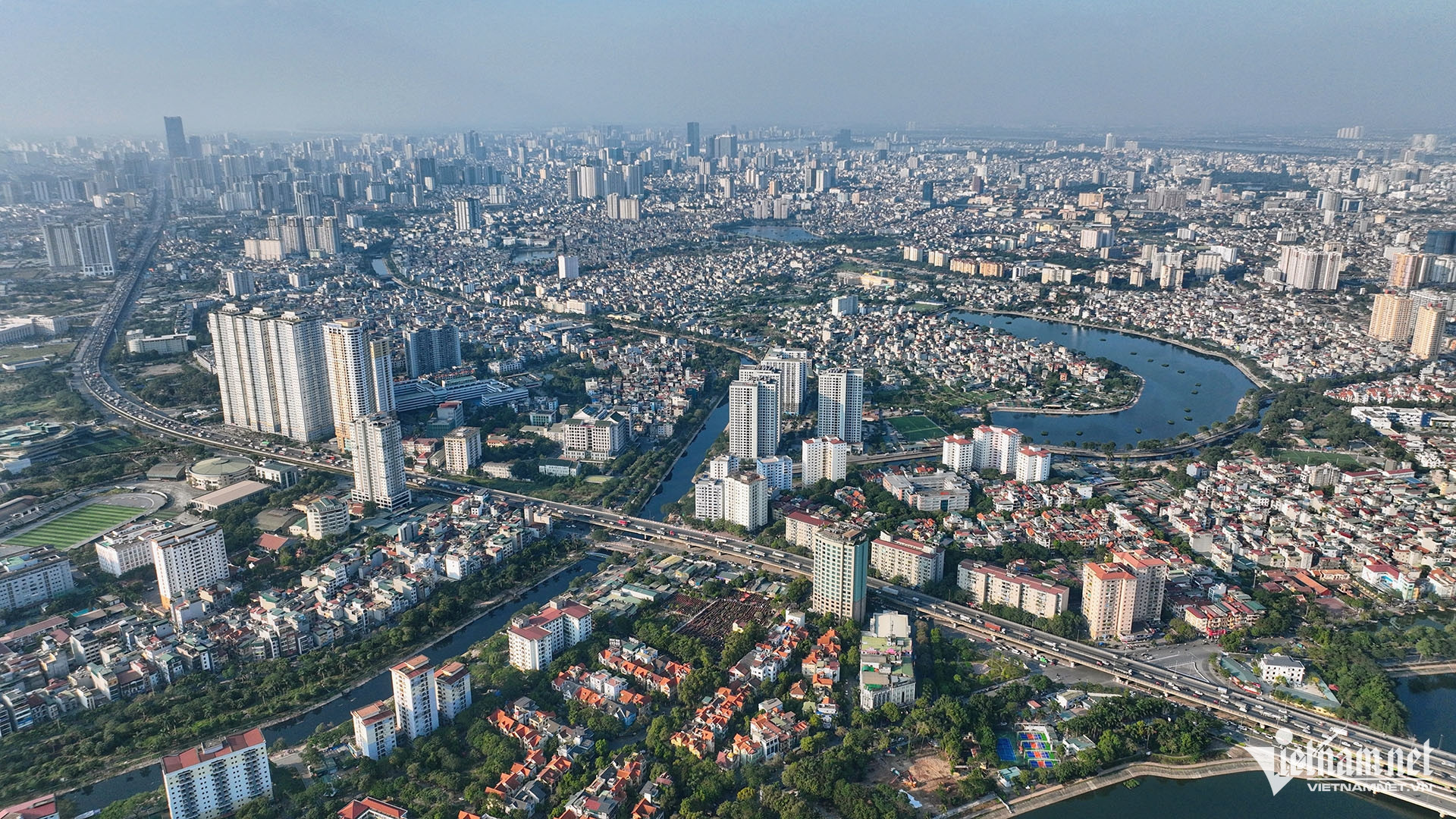The National Assembly has officially passed the revised Law on Organization of Local Government, establishing a two-tier administrative system consisting of provincial and commune levels - eliminating the district level. The law took effect immediately after approval, with 100% of present deputies voting in favor.

A corner of Hanoi. Photo: Hoang Ha
According to the new structure, Vietnam’s administrative units now comprise the provincial level (provinces and centrally managed cities) and the commune level (communes, wards, and special zones under the provincial level). Communes represent rural areas, wards correspond to urban zones, and special zones refer to strategically important islands tailored to geographic, demographic, and socio-economic needs as well as national defense and security.
Additionally, the law defines special administrative-economic units as areas of strategic importance, organized under a unique model with exceptional policies and governance innovations aimed at boosting investment and enhancing national competitiveness. These units are established by the National Assembly.
Local governments include People’s Councils and People’s Committees, except in special administrative-economic units, where structures are defined by the National Assembly at the time of establishment.
Provincial leaders can directly intervene at the commune level
A notable provision, Article 11, allows provincial authorities to directly handle responsibilities normally delegated to specialized agencies, administrative organizations, or even commune-level People’s Committees and their chairpersons when necessary.
Beyond their current duties, provincial governments now have expanded powers, especially in issuing local policies related to planning, finance, budgeting, and investment, reflecting an ongoing decentralization from central authorities.
Provincial governments are required to delegate responsibilities to commune governments, which will now handle both district and commune-level tasks. They are also empowered to issue legal regulations within their jurisdiction.
Regarding governance, commune-level People’s Councils will include two committees: Economic-Finance and Culture-Social Affairs. The number of deputies in both provincial and commune-level councils remains unchanged within the existing minimum and maximum framework. Hanoi and Ho Chi Minh City will each maintain 125 council deputies.
Council leadership roles at both levels - chairpersons, vice-chairpersons, committee heads and vice-heads, and committee members - may be held by full-time elected officials. The National Assembly Standing Committee will determine specific numbers for these roles.
The shift from a three-tier to a two-tier local government structure marks a significant and historic reform. The law ensures a smooth transition with detailed provisions covering organizational structures, staffing, administrative processes, and governance mechanisms.
From July 1, wards in Hanoi, Ho Chi Minh City, and Da Nang - currently operating without People’s Councils - will transition to full local governments, including both People’s Councils and People’s Committees.
No more cities or towns under provincial authority
Prior to the law’s approval, the Government addressed public suggestions on maintaining the city-under-province model, which some viewed as comparable to special zones.
The Government clarified that Central Committee Resolution No. 60 and directives from the Politburo and Secretariat had already outlined the shift to a two-tier system. Therefore, the law no longer provides for city or town-level administrative units under provinces.
Some argued against reinstating People’s Councils in wards, citing the efficiency of current urban models in Hanoi and Ho Chi Minh City. However, the Government confirmed that the inclusion of both councils and committees reflects Party directives and maintains a distinction between urban, rural, and island governance.
As the law is implemented, the Government will develop detailed guiding documents to clearly delineate functions, powers, and organizational structures of specialized agencies and administrative bodies at both provincial and commune levels, tailored to the characteristics of each locality.
Tran Thuong